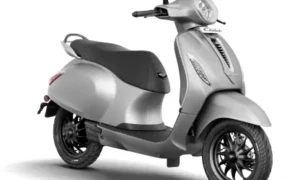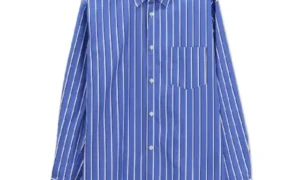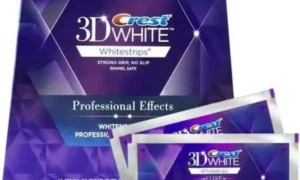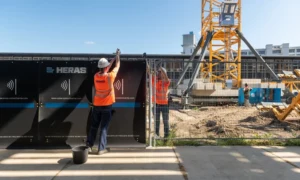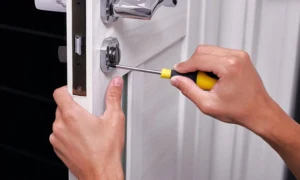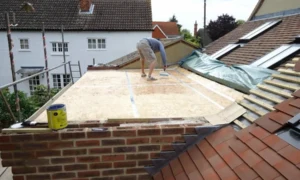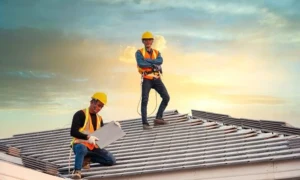Prefabricated houses, also referred to as prefab houses, are now well-known in the field of modern building and design as a cutting-edge and efficient way to construct dwellings. With their innovative designs, affordable prices, and eco-friendly features, prefabricated houses are transforming the way we think about home ownership. This article will look at all the advantages of modular houses and the factors that are influencing purchasers’ decisions globally.
1. Speedy Construction
One of the main advantages of prefabricated houses is how quickly they can be constructed. As opposed to typical on-site building, which can take months or even years to complete, prefab houses are built in controlled environments off-site. Construction time is greatly cut by this pre-manufacturing procedure. A prefab house is made of meticulously manufactured parts that guarantee accuracy and high quality. These parts are quickly put together on the job site after delivery, cutting down on the overall building time.
2. Cost-Effectiveness
Prefabricated homes provide a striking cost advantage over conventional construction techniques. Construction expenses are decreased as a result of the streamlined manufacturing process and fewer labor requirements. Additionally, the cost predictability of prefab construction reduces the danger of budget overruns that are frequently connected to on-site construction. Homeowners can relax knowing that their investment will be quite close to the original projection.
3. Quality Control
Prefab homes are produced in a controlled setting, which guarantees a greater level of quality control. Precision machines and skilled craftsmen combine to produce components that exceed high standards. Furthermore, the use of cutting-edge technology and factory-based construction reduces the possibility of human mistake and weather-related damage, resulting in a final product with a strong structure and long lifespan.
4. Energy Efficiency
Energy conservation is a priority in the construction of prefabricated homes. Modern insulating products and energy-saving solutions are widely used in building by manufacturers. As a result, homes become well-insulated, firmly sealed, and energy-efficiently designed. Reduced energy use is good for the environment and saves homes money on their electricity bills.
5. Sustainable Practices
The rising popularity of prefab homes is mostly due to the sustainability aspect. Prefab homes lower their carbon footprint by using effective building methods and avoiding waste generation during production. These homes are made using eco-friendly materials and renewable energy sources, which further increases their environmental friendliness.
6. Design Flexibility
Contrary to popular belief, prefab homes offer a variety of customization choices, dispelling the myth that they lack design flexibility. To accommodate a range of preferences, manufacturers offer a variety of floor plans, styles, finishes, and interior design options. Prefabricated homes can be customized to match the individual tastes of the homeowner, whether that be a sleek modern minimalist style or a warm classic feel.
7. Durability
Prefab homes are built to resist a range of environmental factors. Their lengthy lifespan is a result of their solid structure and capacity to use top-notch materials. Prefab homes are made to offer a safe and secure living environment for years to come, regardless of adverse weather, seismic activity, or other difficulties.
8. Lower Maintenance
Prefab houses frequently require less upkeep than traditional homes because of their superior construction and use of long-lasting materials. Less time, effort, and money will be required for maintenance and repairs as a result.
9. Enhanced Convenience
Prefab homes offer convenience beyond just quick construction. Due to the turnkey nature of these dwellings, many necessary components, such as electrical and plumbing systems, are built in during the manufacturing process. Due of this, less duties remain after construction than with conventional homes.
10. Versatility in Location
Prefabricated homes are not just used in urban or suburban areas. They can be easily transported and built in a variety of settings, including isolated or difficult terrain, thanks to their modular design. This makes it possible for people to own homes in places that might otherwise be considered inaccessible.
Conclusion
In conclusion, the advantages of prefab buildings are changing how we think about and construct dwellings. These cutting-edge homes are establishing new benchmarks for the housing industry, from their quick construction and cost-effectiveness to their sustainability practices and architectural flexibility. Prefab homes are a monument to the power of innovation in influencing the future of architecture and homeownership as the world adopts more effective and environmentally friendly solutions.

